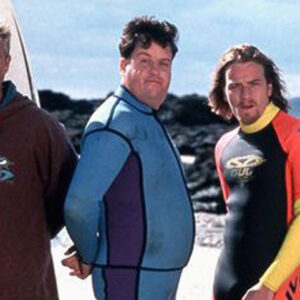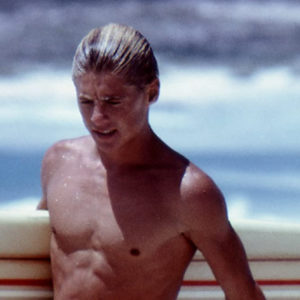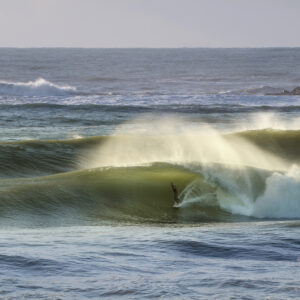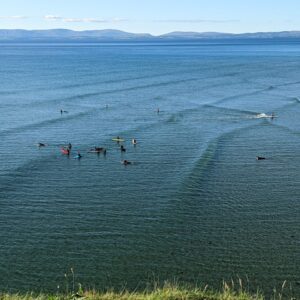New research has revealed that the huge garbage patch in the Pacific, made up of marine litter and discarded plastic, has reached the size of France, Germany and Spain combined.
Dutch scientists used boats, planes and to undertake the most extensive inspection of the great Pacific garbage island, made up of plastic containers, fishing debris and micro-plastics and the results are shocking.
Little is more evocative than the idea of a garbage island floating out between Hawaii and California, in the turquoise waters of the Pacific, especially when the island is the size of three of Europe’s largest countries combined and weighs more than 500 Jumbo Jets.
The garbage patch poses a dual threat the marine ecosystem. The first is the breaking down of the plastics and their subsequent entrance into the food chain, starting in the belly’s of small fish and making their way up into world’s largest mammals, including whales, polar bears and us. The second is the potential for trapping marine wildlife, including vast numbers of fish and turtles.
While the pacific patch is the biggest, it is one of five giant collections of plastic waste currently floating in our oceans and with eight million more tonnes of plastic entering the ocean each year, there has never been a more important time to act.
“We need a coordinated international effort to rethink and redesign the way we use plastics. The numbers speak for themselves. Things are getting worse and we need to act now.” said Lebreton, the study’s lead author in an interview with The Guardian, before suggesting a fundamental shift in mindset and lifestyle is required globally before we can even begin to solve the problem:
“People look at the quantity of fishing gear (in the patch), and point a finger at the fishing industry, but then again they’re eating the fish too. It’s not so much this or that sector or region, it’s the way we consume and live -– single-use plastics, throwaway society. We need to take some serious action on that front. We’ll solve this problem on a global scale.”
Cover photo: NOAA






